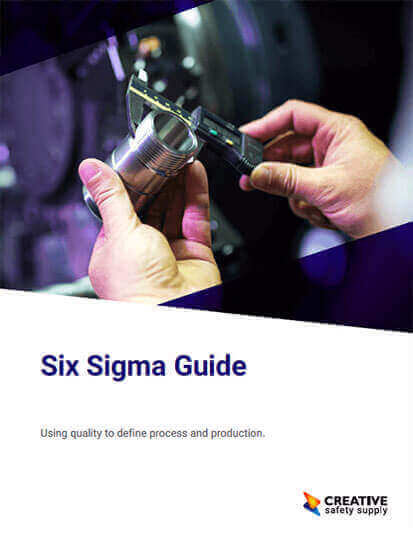
DMAIC is a basic component of the Six Sigma methodology. Six Sigma, influenced by TQM (Total Quality Management), is a series of practices that aim to reduce/eliminate defects through improvement. Many large corporations have saved billions of dollars in the last couple decades by observing these practices, although businesses of all sizes can benefit from DMAIC.
DMAIC stands for Define, Measure, Analyze, Improve, and Control. In order to improve upon these processes, the Six Sigma system requires sustained commitment from an entire organization, especially from upper management. The DMAIC cycle is driven by data used as a part of the Six Sigma methodology, but it can also be used as a standalone method in other process initiatives including Lean manufacturing.
Define – In this initial step, define specific goals for achieving outcomes that are consistent to your business strategy and your customers' needs. This is where the "road map" for success in developed.
Measure – In order to determine whether or not defects have been reduced, you need a base measurement. Collect accurate data so that progress can be charted and compared to determine the results.
Analyze – Analysis is extremely important to determine relationships and the factors of causality. If you are trying to understand how to fix a problem, cause and effect is extremely necessary and must be considered.
Improve – Continually make improvements (the core tenet of 'Kaizen') based on the findings in the Analyze stage and use them to streamline processes and reduce defects.
Control – This important last step ensures that any variances stand out and are corrected before they can influence a process negatively causing defects. This can be in the form of a pilot run to determine if the processes are capable, and then once data is collected, a process can transition into standard production. However, continued measurement and analysis must ensue to keep processes on track and free of defects below the Six Sigma limit.
Similar Glossary Terms
- Capability
- Total Quality Management (TQM)
- Six Sigma Defined
- DMADV
- Taguchi Method
- Design for Six Sigma (DFSS)
- Centerlining
- Lean Production
- C4


